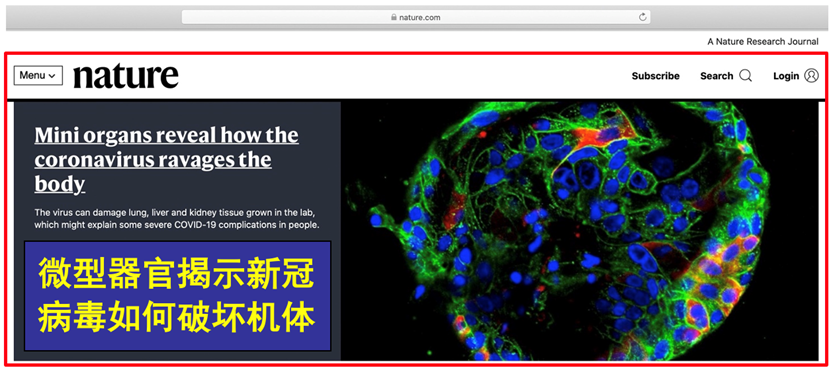Service Content and Description
Fields
Simulating pathogenic infections such as viruses and bacteria
Keypoints
1) Establishing important human-derived organoids; personalized culture of other host organoids;
2) The reagents and related supporting services required for the whole-process organoid modeling service system include matrix gel ablators, organoid lysis and fixation reagents, post-infection staining antibody kits, organoid micro-nucleic acid extraction reagents, high-throughput and high-efficiency infection model identification, immunohistochemistry analysis, and expression profiling.
Laboratory environment requirements and testing items
1) Laboratory level, P2 level (according to the pathogen biosafety level) organoid-virus, bacteria co-culture experiments;
2) Co-culture organoid transcriptome, pathological morphology observation (stemness, proliferation, tissue cell polarity, etc.);
3) genome stability analysis viral copy number determination and bacterial CFU test, etc.
Advantages of human organoid pathogen infection modeling
1) Breaking through the ethical restrictions to obtain unavailable infection research data on human body;
2) Rapid establishment of infection evaluation system for newly developed viruses to accelerate drug development.
3) Facilitate the flexible design of experimental protocols for pathogen and host organoid models, which greatly shortens the experimental period and meanwhile enables difficult scientific research problems to be verified by establishing suitable models.






